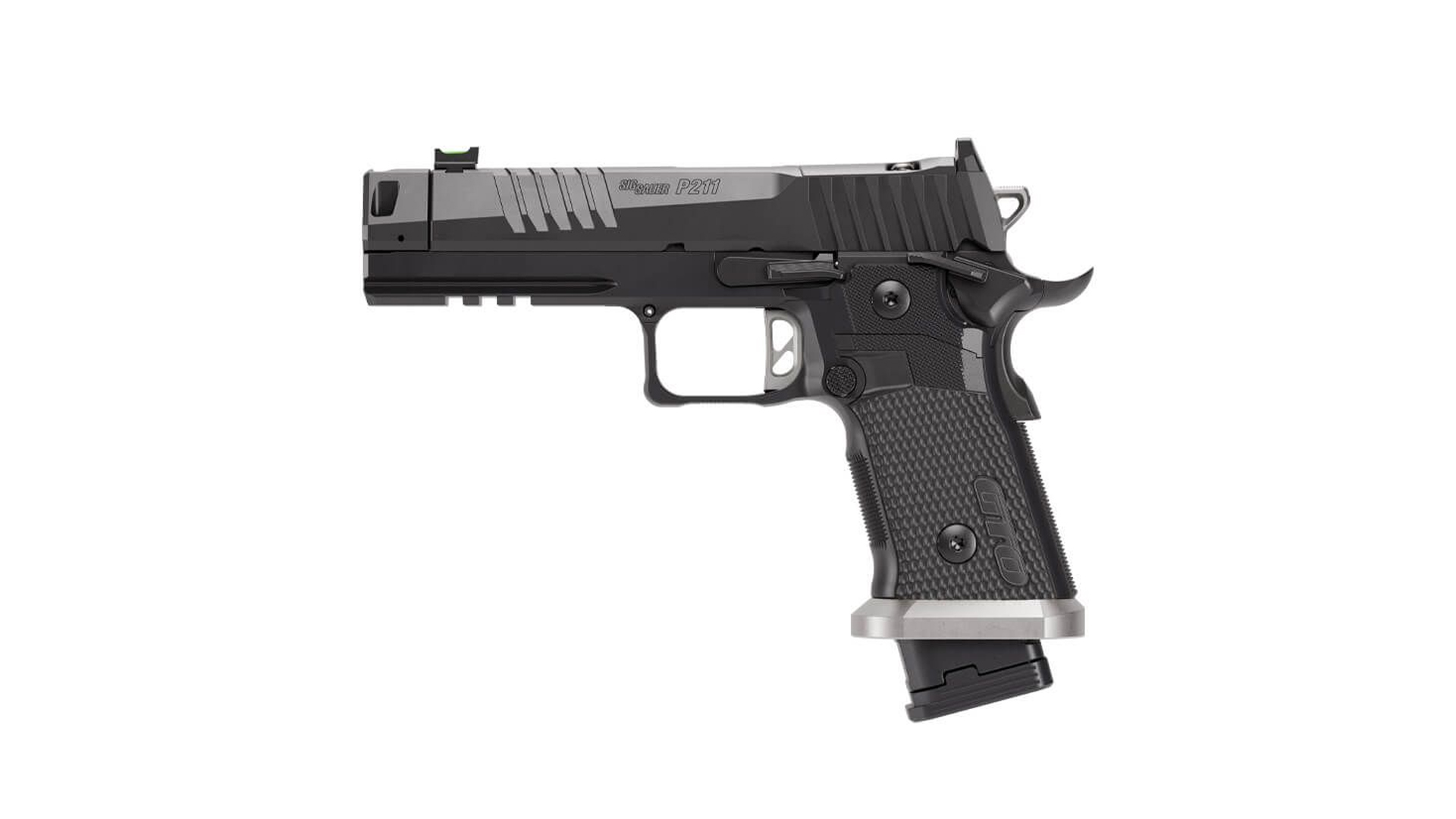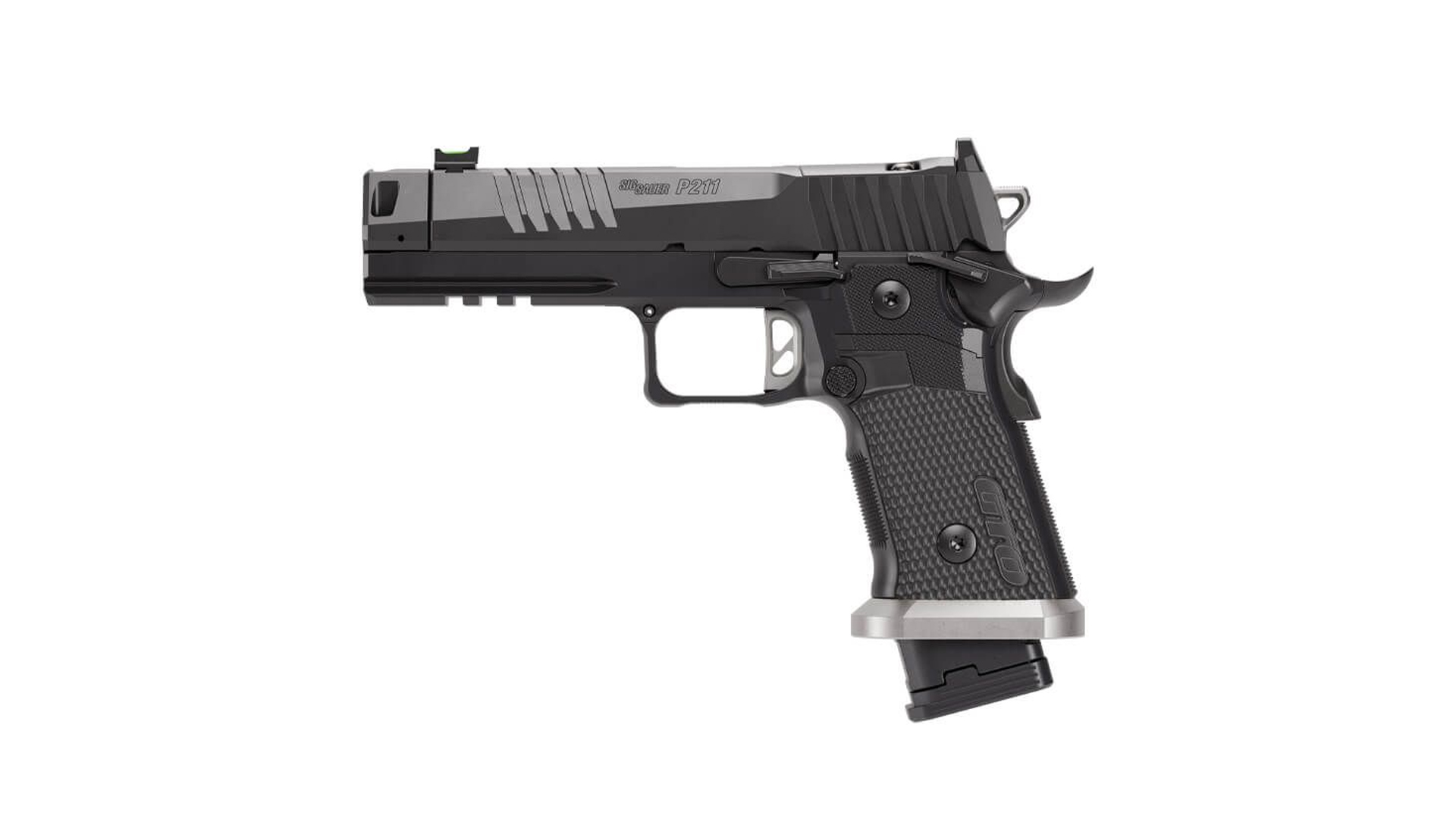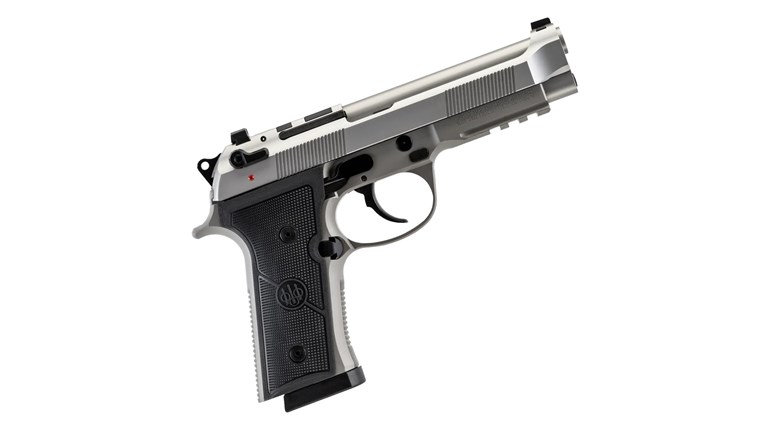
WARNING: All technical data in this publication, especially for handloading, reflect the limited experience of individuals using specific tools, products, equipment and components under specific conditions and circumstances not necessarily reported in the article and over which the National Rifle Association (NRA) has no control. The data has not otherwise been tested or verified by the NRA. The NRA, its agents, officers and employees accept no responsibility for the results obtained by persons using such data and disclaim all liability for any consequential injuries or damages.
Previously, we went over the basics of handloading for beginners. In this article we will address a question frequently asked by prospective handloaders. To wit: “Should I buy a single-stage press, or a progressive?” The best answer is almost Solomon-esque in both wisdom and simplicity: “Get both!” However, there is definitely more to the issue than that … read on!
Many are the beginning handloaders who have asked a friend about their setting up a progressive press for them. The idea is that the newbie could then just feed in components and crank out buckets of practice ammo without needing to really learn much about handloading.

As tempting as this may be, that’s simply not how it works. Such an approach might be ok if there were never a malfunction with either press or operator, but that’s unrealistic. Our hypothetical newbie would then lack the knowledge to solve problems they might run in to.
Worse yet, several different handloading operations would be occurring at different stations on the progressive press at the same time. It takes an experienced operator to keep track of, and truly understand the significance of, all those potential mini-problems. Loading without this experience is a recipe for potential disaster—such as a double powder charge (especially with pistol cartridges) dropped while the loader was attending to some other function, etc. Progressives are an animal unto themselves, and while they offer many benefits, they do take some getting used to—even by experienced handloaders!
Illustrative horror story: Enter a 40-year veteran handloader who decided to jump onto the progressive press bandwagon late in his career, having used only single-stage presses all his life. A High Master NRA High Power Rifle competitor, he had no background in competitive pistol shooting, where historically most progressive presses are found.
Experienced Action Pistol shooters have typically encountered multiple episodes in which shooters “skipped” a powder charge for some reason, leading to a squib round and a bullet possibly lodged in the bore. Thus, at matches, it’s reflexive for them to yell “STOP!” in unison if they see a shooter get a “click” vs. “bang,” and rack the slide to keep firing. This writer has personally seen several pistols saved in just such scenarios over the years.
Our High Master set up a popular progressive press and began turning out .223 100-yard practice ammo with abandon. He was using a moly-coated 52 gr. match bullet and an economical, fast-burning surplus powder that gave great accuracy. Once on the range, he began practicing strings of rapid-fire. All was well, until he heard “Click!” rather than “Boom”…
Lacking the above experience or onlookers to halt him, he reflexively operated the charging handle on his expensive, custom National Match AR-15 Service Rifle, and the next trigger squeeze reportedly registered on seismographs over at least a three-state radius. He sat, uninjured but bewildered, until the hail of expensive bits and pieces quit raining down around him. When the smoke cleared, he immediately cursed the horrid, evil, demonically-possessed progressive press for this, his first-ever reloading mishap.

His $1,400 National Match upper was ruined, but thankfully, his $800 pre-ban lower (yes, it was back then …) and he had escaped injury.
A forensic reconstruction revealed what likely happened:
1. He’d skipped a powder charge in one case.
2. Moly-coated bullets result in lower neck tension unless steps are taken to increase it versus standard jacketed bullets.
3. Upon firing the squib, the bullet was projected into the rifling throat, which likely wouldn’t have happened without the light neck tension.
4. Upon chambering the next round, the moly’ed bullet hit the bullet in the throat and slipped back into the case onto the small powder charge.
5. The cartridge chambered fully, the trigger was squeezed and … well, you know the rest.
This tale is told not to discourage the use of progressive presses, but to emphasize the need to easily and immediately know what is happening with the press at each station, every time the handle is cranked. Not to do so is, as they say, “bad ju-ju.”
It illustrates why we at the AMU handloading shop agree in recommending that new handloaders should begin with a single-stage press. Once one thoroughly learns the steps in each phase of handloading by repeated experience, then one will be qualified to move on to a progressive press.
Quite beyond that, the single-stage press will remain virtually indispensable for one’s entire handloading career, even after having purchased a progressive press (or two). There are endless small projects that are best handled on a single-stage press. A poll of the AMU’s handloading staff reveals that not one would willingly be without a single-stage press, despite owning at least one progressive.
Coming soon: variations among progressive press designs, the particular benefits of each, and adapting the progressive press to precision rifle handloading.
Read the next article in this series: Progressive Press Features and Advantages.
SSUSA thanks the U.S. Army Marksmanship Unit for allowing the reprint of this article.


































